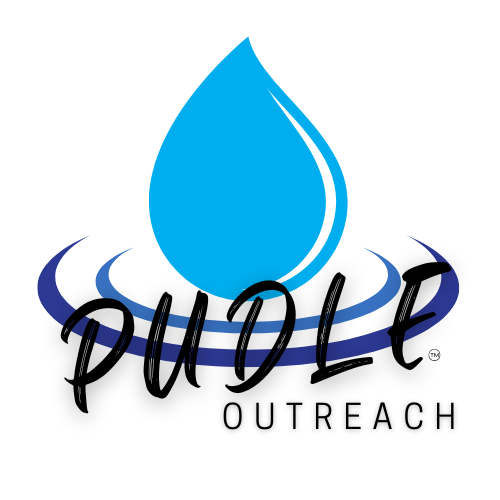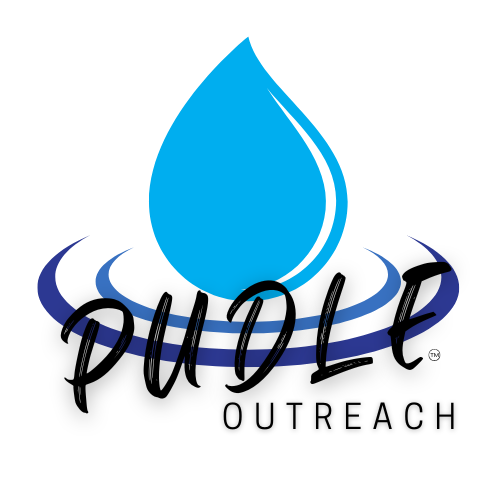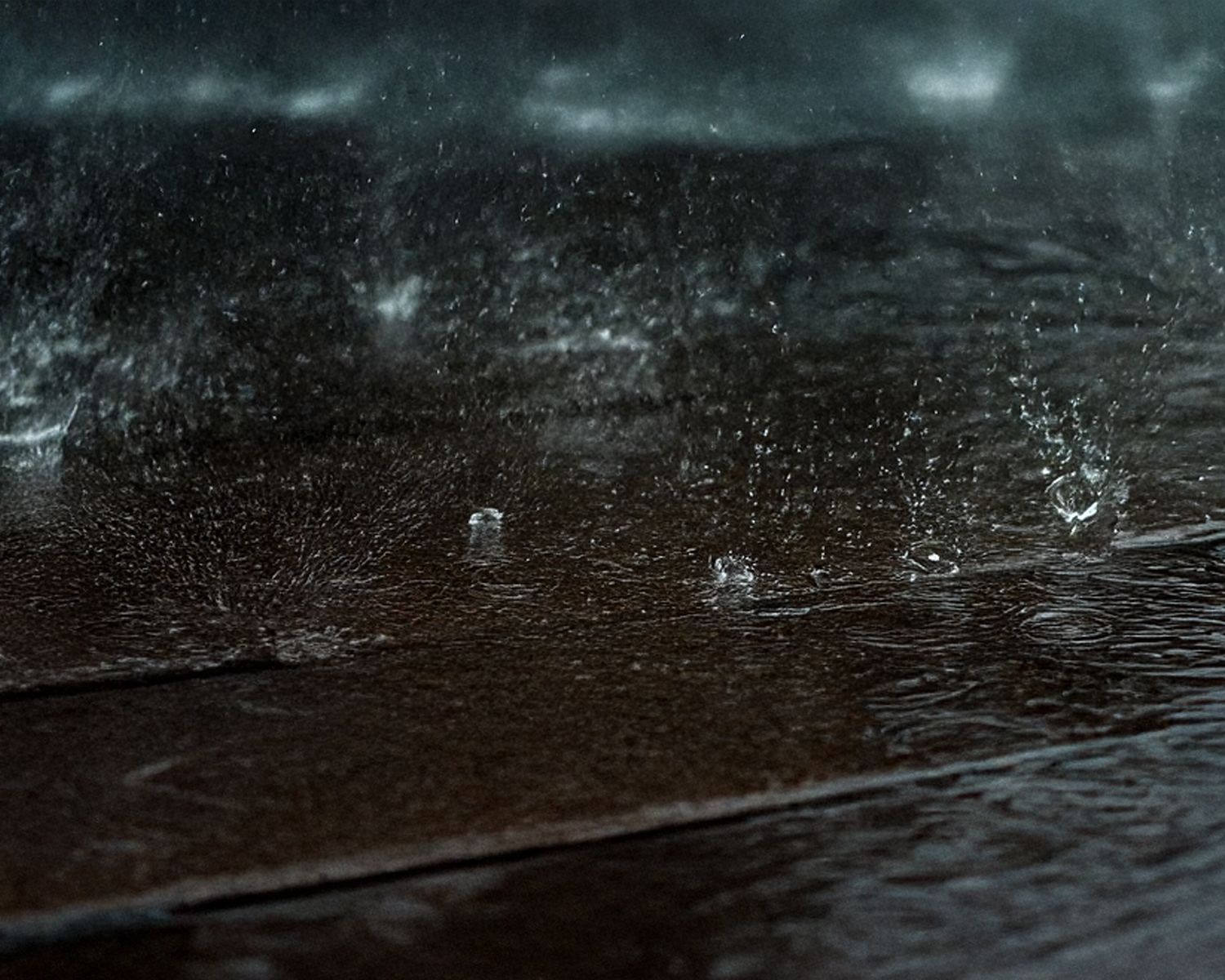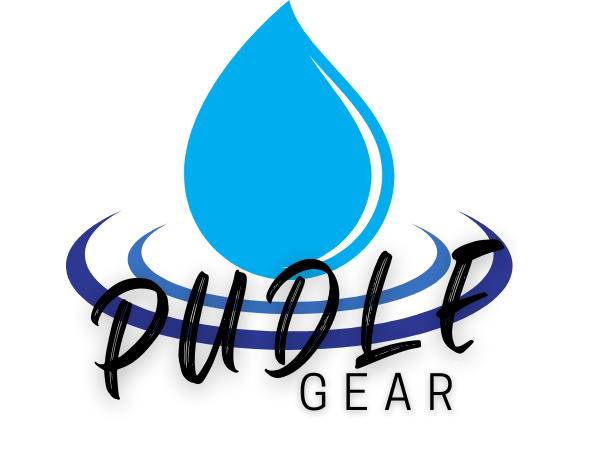What is a Watershed?
Have you ever wondered where all the rainwater goes after a storm?
That journey begins inside a watershed — one of the most important parts of Earth's natural water system.
What Exactly is a Watershed?
A watershed is a geographic area where all the water — from rainfall, snowmelt, or even a garden hose — flows downhill to a single destination, like a river, lake, wetland, or ocean.
Watersheds are shaped by the land’s topography — hills, ridges, and slopes determine where water will flow.
Key Points:
- Watersheds can be tiny (a few acres) or massive (covering thousands of square miles).
- Everyone lives in a watershed — even if you don't live near a river or ocean!
- Watersheds connect us to the environment around us, whether we realize it or not.
Think of a watershed like a giant bowl:
No matter where you pour water into it, it eventually runs down to the bottom.


Why are Watersheds so Important?
Healthy watersheds are critical for life because they:
- Filter and store fresh water that we drink, cook with, and use every day.
- Support ecosystems — plants, animals, fish, and birds rely on clean water sources.
- Reduce flooding by slowing down and absorbing rainwater.
- Protect soils by preventing erosion.
- Recharge groundwater by allowing water to soak deep into the earth.
When watersheds are damaged, everyone feels the impact — from people to wildlife.
How Human Activity Affects Watersheds
We share our watershed with people and animals around us.
Urbanization, construction, farming, and even how we manage our homes all influence watershed health.
Here’s how stormwater changes when natural landscapes are replaced with buildings and pavement.
Impervious Surfaces
- Surfaces like roads, rooftops, parking lots, and sidewalks are called impervious.
- They block water from soaking into the ground.
- Water rushes across them, picking up pollutants and flooding streams.
Examples of Impervious Surfaces
Asphalt roads
Concrete sidewalks
Buildings and roofs
Parking lots
Compacted dirt or gravel
pervious Surfaces
- Natural surfaces like grass, forests, soil, and gardens are pervious.
- They allow water to infiltrate into the ground, filtering out pollution and replenishing groundwater.
Examples of Pervious Surfaces
Grass lawns
Forest floors
Gardens and rain gardens
Mulched areas
Natural soil
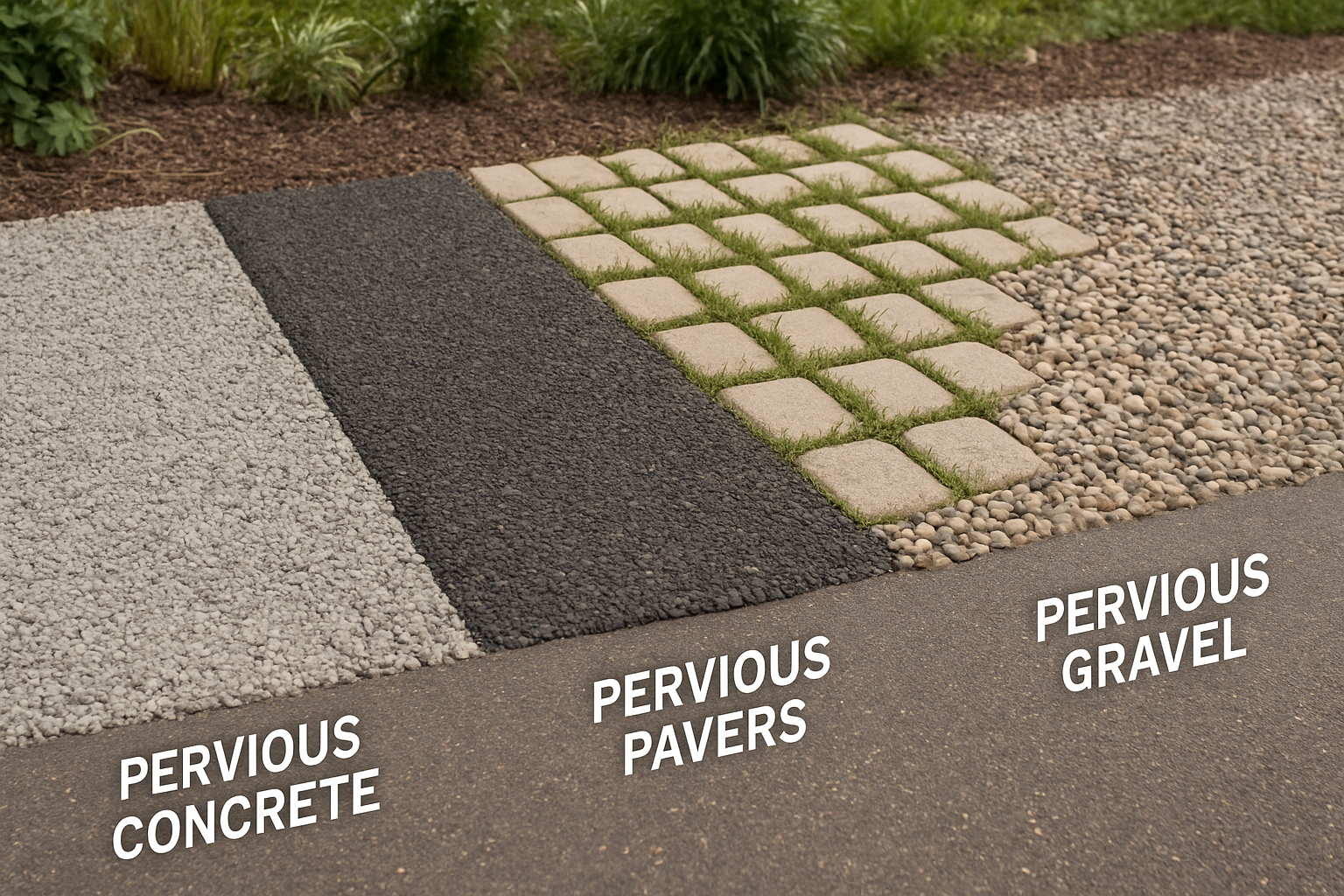
What Happens When Stormwater Runoff Increases?
| Problem | How It Happens | Why It Matters |
|---|---|---|
| Altered Hydrology | Water runs off too fast instead of soaking in. | Causes flooding and reduces groundwater recharge. |
| Increased Runoff Volume | More water moving faster. | Overloads storm drains, causes street flooding. |
| Pollutant Introduction | Water picks up oil, trash, pesticides. | Harms aquatic life and pollutes drinking water. |
| Stream Channel Erosion | High flows wear away riverbanks. | Destroys fish habitats and can lead to property damage. |
| Reduced Groundwater Recharge | Less water sinks into the soil. | Wells and streams may dry up over time. |
| Increased Temperature | Sun heats up asphalt and concrete increasing runoff temperature. | Warm water can be harmful to certain plants and animals and causes algae to grow. |
